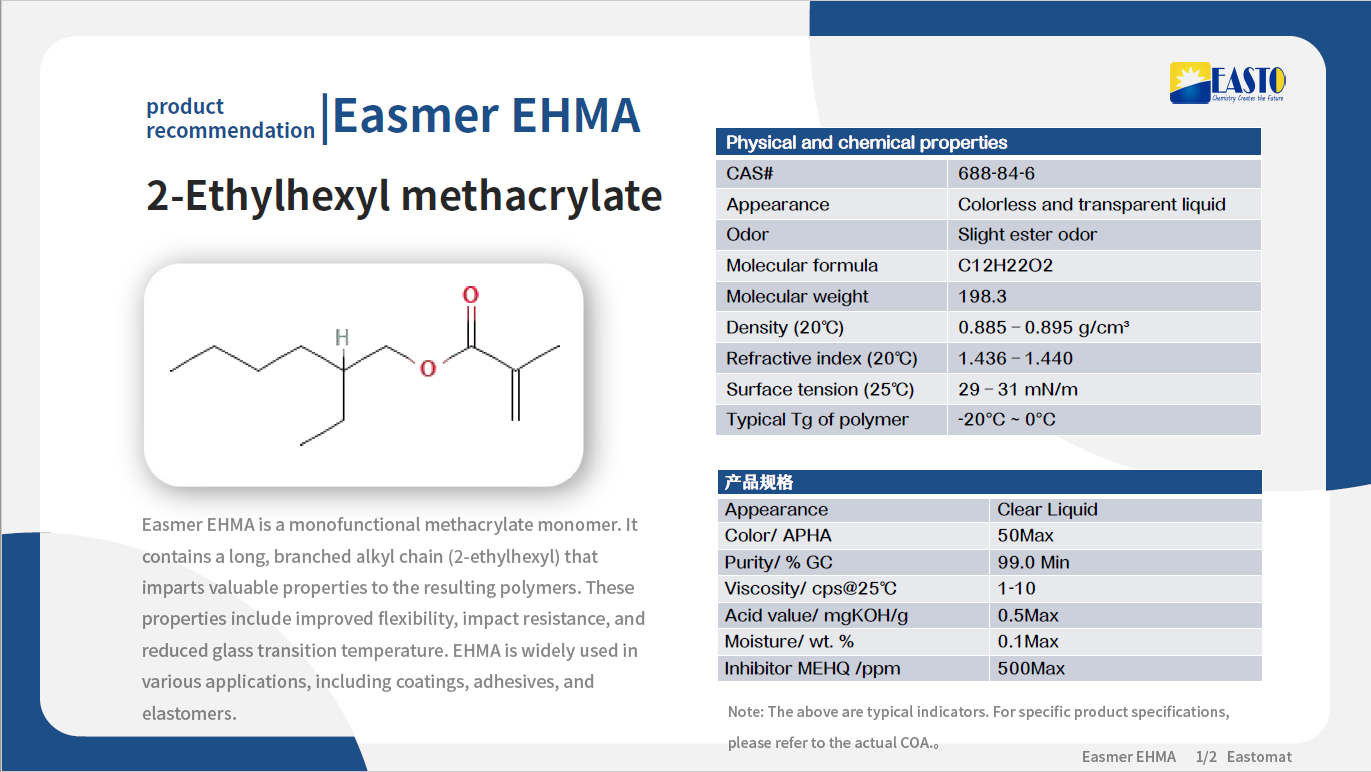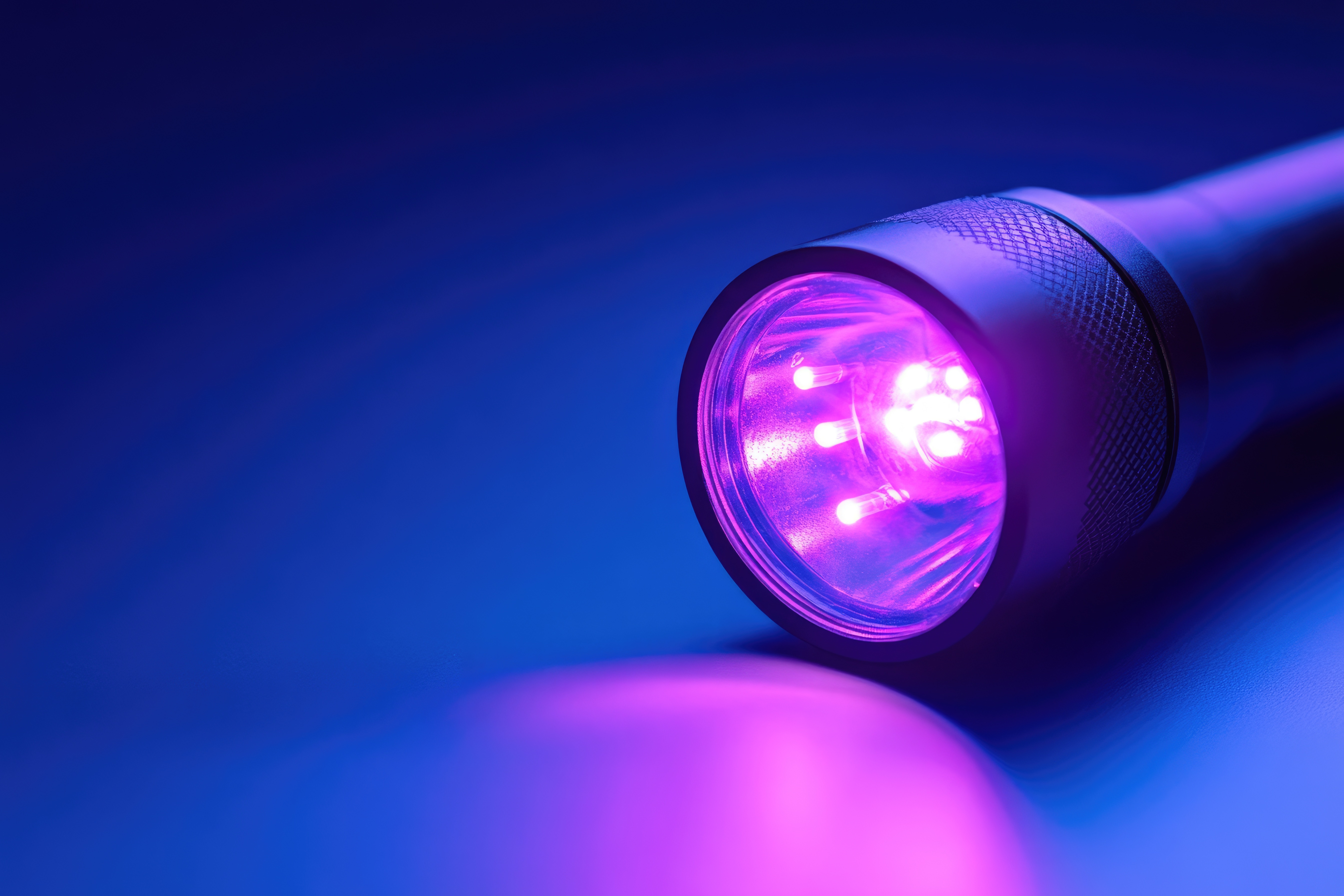Photopolymerization Pulse: Key Innovations and Trends in H1 2025 – A Full Scan of Industry Dynamics, Technological Breakthroughs, and Compliance Challenges
Release time:
2025-07-08
As 2025 reaches its midpoint, the global photopolymerization industry is experiencing a critical turning point amidst a dual transformation of innovation and regulation. The industry has demonstrated its strategic value with double-digit growth rates (photopolymer CAGR 10%, UV curing systems CAGR 14.3%), driven by the surging demand for precision and customization in aerospace, medical electronics, and high-end manufacturing. Simultaneously, the shift towards sustainability is moving from concept to practice, marked by a breakthrough increase in bio-based material penetration and the accelerated replacement of traditional processes with solvent-free technologies. The deep integration of artificial intelligence and digital tools is also reshaping manufacturing paradigms. This report distills the core developments of the first half of the year, from a $3.51 billion market explosion to the launch of over 200 new resins, and from the global PFAS ban storm to the implementation of AI curing systems, revealing how photopolymerization is leveraging innovation as a spear and compliance as a shield to forge new high-growth paths in a dynamic evolution.
I. Market Growth: Demand-Driven Expansion
The global photopolymer market is projected to reach $2.14-$3.51 billion in 2025 (CAGR 10%, 2025-2032), and the UV curing system market is expected to grow to $4.13 billion (CAGR 14.3%). Key drivers include:
3D Printing Boom: Dental photopolymer resin usage increased by 15%, automotive UV resin parts production increased by 12%, and over 1200 medical institutions integrated photopolymer 3D printing (+14%).
Sustainable Transformation: Europe saw a 20% increase in bio-based photopolymer adoption, accounting for 8% of total formulations. The average price of UV resins decreased by 5%, promoting their widespread adoption in the mid-range market.
Emerging Applications: Large-scale customization in the fashion/jewelry industry, flexible electronics (18% increase in demand for radiation-curable materials), and high-temperature resins (18% increase in electronics applications).
Segment Highlights:
UV Coatings: $4.4997 billion (expected to reach $7.47 billion by 2035, CAGR 5.2%).
UV Inks: $2.22636 billion (CAGR 5.5%, driven by VOC-free policies).
Radiation Curing Market: $4.45 billion (CAGR 3.9%, dominated by flexible electronics demand).
II. Technological Innovation: Dual Breakthroughs in Materials and Systems
Upstream Material Innovation
Bio-based Monomers: Sartomer (Arkema) launched the Sarbio® series, featuring 40% bio-carbon content and a 30% reduction in carbon footprint.
High-Performance Additives: IGM Resins upgraded its Omnivadd® series (extended shelf life/UV protection) and PureVadd® bio-based solutions for reduced environmental impact.
Downstream Application Upgrades
UV Coatings: Allnex released UCECOAT® 7738 (industrial-grade UV polyurethane dispersion) and sag control agents with a 16-32% reduced carbon footprint.
UV Inks: Sun Chemical introduced Xennia Sapphire textile inks (50% water savings) and low-temperature UV DTF inks (no heating required).
3D Printing Resins:
ThOR 10 (PolySpectra & Tethon 3D): Ceramic composite resin, resistant to 131°C high temperatures + high impact strength.
TrueSilX50 (Axtra3D): Pure silicone resin, biocompatible for medical devices.
IPX-Clear (Nanoscribe): Optically clear resin, micro-level precision.
HP PA 12 FR (HP/Evonik): Halogen-free flame retardant, 60% recyclable.
Smart Curing Systems
IST METZ: FREEcure technology reduces reliance on photoinitiators, and SMARTcure uses AI to optimize energy consumption and LED lifespan.
UV LED: 30% increase in energy efficiency, 50% reduction in curing time (Excelitas data).
III. Regulatory Storm: Compliance as a Strategic Core
Global Policy Tightening
PFAS Ban:
United States: 205 PFAS chemicals added to the toxic substances list (mandatory reporting by 2026), with Minnesota, California, and Colorado banning them in cosmetics and textiles.
European Union: REACH added 3 new SVHCs (total reaching 250), requiring declaration if SVHC content in articles exceeds 0.1%.
REACH Revisions: Restrictions on solvents DMAC/NEP (effective June 2025), and CLP regulation added labeling requirements for endocrine disruptors.
Industry Safety Actions
PAMA/NIST updated 3D printing resin handling guidelines: mandatory use of nitrile gloves, ventilation systems, professional waste disposal, and prohibition of discharge into water sources.
IV. Industry Events and Partnerships
UV Days 2025 (IST METZ): Focused on "zero emissions," with the debut of AI curing technology.
RadTech 2025 (Detroit): Allnex showcased low-migration resins for food packaging, and Excelitas promoted UV LED solutions.
Strategic Partnerships:
XJet and XOLUTIONS advanced metal 3D printing for luxury accessories.
HP/Evonik developed recyclable flame-retardant 3D printing materials.
V. Future Outlook
Sustainability Dominance: Bio-based material penetration is expected to exceed 15% by 2030, with circular design becoming standard.
Smart Manufacturing: AI-driven 3D printing workflows, full-field projection replacing laser curing to accelerate by 50%.
Application Explosion: Multi-material printing, high-temperature/biomedical resins, and flexible electronics will become new growth poles.
Compliance Challenges: Accelerated R&D for PFAS alternatives, with regulatory pressure driving green chemistry innovation.
*The data in this article is cited from publicly available industry information. The editor objectively quotes third-party information but has not independently verified it. Corrections are welcome.
Next Page
Latest News
Get a Free Consultancy
NANTONG EASTO MATERIALS TECHNOLOGY CO.,LTD.

No.118,Zhujiang Rd.,Juegang St.,Rudong County,
Nantong City,Jiangsu Province,226400,China




 2025-07-10
2025-07-10







